Time Travel, Teleportation & Science
Time travel is the concept of moving between different points in time in a manner analogous to moving between different points in space, generally using a theoretical invention, namely a time machine. It has a commonly recognized place in philosophy and fiction, but has a very limited application in real world physics, such as in quantum mechanics or wormholes.
Although the 1895 novel The Time Machine by H. G. Wells was instrumental in moving the concept of time travel to the forefront of the public imagination, The Clock That Went Backward by Edward Page Mitchell was published in 1881 and involves a clock that allowed three men to travel backwards in time.[1][2] Non-technological forms of time travel had appeared in a number of earlier stories such as Charles Dickens' A Christmas Carol. Historically, the concept dates back to the early mythologies of Hinduism (such as the Mahabharata), Buddhism, and Islam through ancient folk tales. More recently, with advancing technology and a greater scientific understanding of the universe, the plausibility of time travel has been explored in greater detail by science fiction writers, philosophers, and physicists.
Teleportation, or Teletransportation, is the theoretical transfer of matter or energy from one point to another without traversing the physical space between them. It has a commonly recognized place in science fiction literature, film, and television, but as yet has a very limited application in real world physics, such as quantum teleportation or the study of wormholes.
Science (from Latin scientia, meaning "knowledge") is a systematic enterprise that builds and organizes knowledge in the form of testable explanations and predictions about the universe. In an older and closely related meaning, "science" also refers to a body of knowledge itself, of the type that can be rationally explained and reliably applied. A practitioner of science is known as a scientist.
In modern usage, "science" most often refers to a way of pursuing knowledge, not only the knowledge itself. It is also often restricted to those branches of study that seek to explain the phenomena of the material universe.
Source : Wikipedia
-
06:29
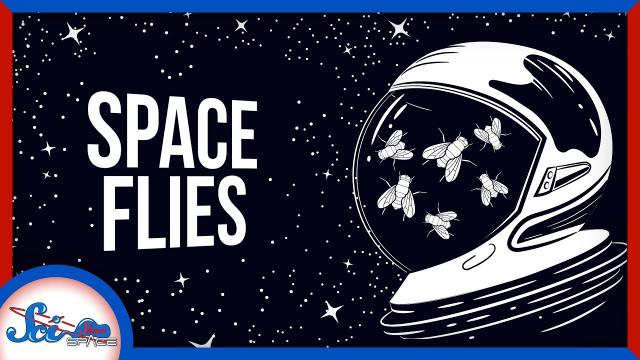
The Surprising Benefits of Space Flies
Added 267 Views / 0 LikesThis episode is brought to you by the Music for Scientists album! Stream the album on major music services here: https://biglink.to/music-for-scientists. Check out the “For Your Love" music video here: https://youtu.be/YGjjvd34Cvc. In space we can finally
-
07:02
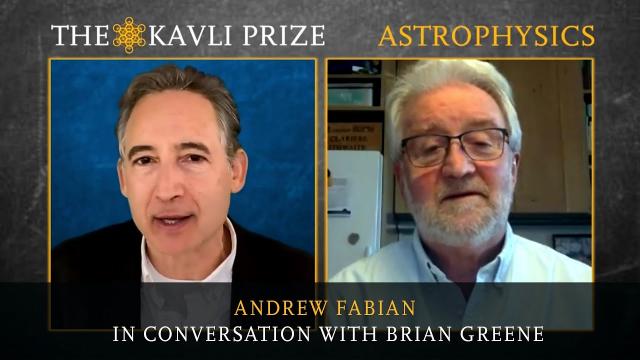
2020 Kavli Prize Winners – ASTROPHYSICS: Andrew Fabian
Added 266 Views / 0 LikesThe 2020 Kavli Prize In Astrophysics is awarded to Andrew Fabian for his groundbreaking research in the field of observational X-ray astronomy, covering a wide range of topics from gas flows in clusters of galaxies to supermassive black holes at the heart
-
05:39
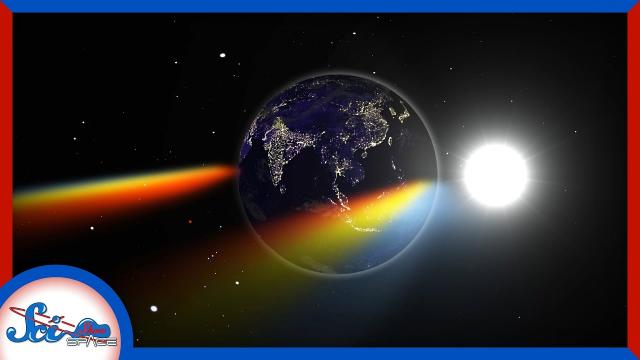
Looking for Life During a Lunar Eclipse | SciShow News
Added 265 Views / 0 LikesAstronomers took advantage of a lunar eclipse to study Earth as if it were an exoplanet, and Mars's Insight lander used seismic data to reveal for the first time boundaries between different layers of Mars.Hosted by: Hank GreenSciShow has a spinoff podcas
-
04:51
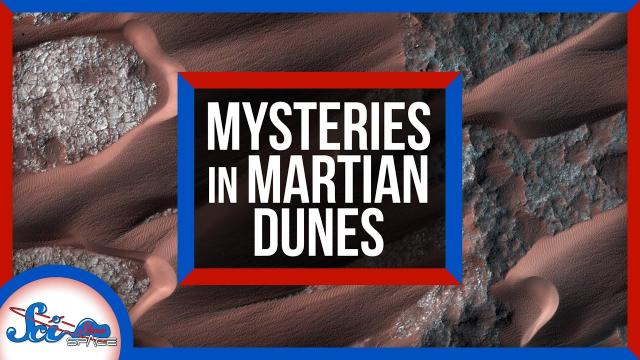
The History Hidden in Martian Dunes
Added 265 Views / 0 LikesGo to http://curiositystream.com/SciShowSpace to start streaming Opportunity: A Life on Mars. Use the promo code ‘scishowspace’ during the sign-up process and you’ll get an annual subscription for just $1.25 per month.The Red Planet was once more like Ear
-
11:44
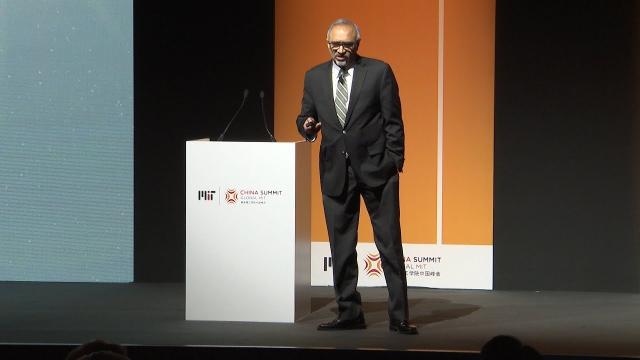
MIT China Summit: Sanjay Sarma
Added 264 Views / 0 LikesSanjay Sarma, Vice President for Open Learning, MIT presents a 21st century vision of the future of education.New Visions of Education and Research for the Benefit of HumankindIn the 21st century, powerful new ideas are transforming our world and reshapin
-
1:01:00
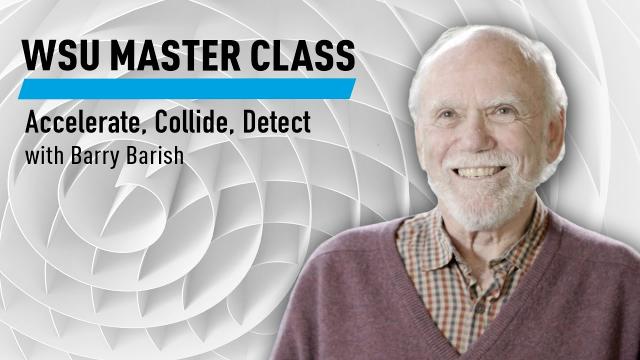
WSU:Accelerate, Collide, Detect with Barry Barish
Added 264 Views / 0 LikesParticle physics is a vibrant field entering into a period of profound discoveries. Nobel Laureate Barry Barish explores particle physics and examines the future of particle accelerators for pushing the limits of physics.This lecture was recorded on June
-
06:30
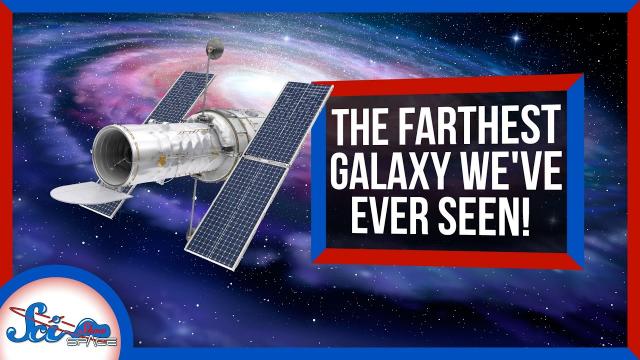
The Farthest Galaxy We've Ever Seen! | SciShow News
Added 264 Views / 0 LikesScientists have spotted a galaxy from the early origins of the universe, and found evidence to support the existence of a 9th planet in our solar system.Get your first audiobook and full access to the Plus Catalog for free when you try Audible for 30 days
-
14:30
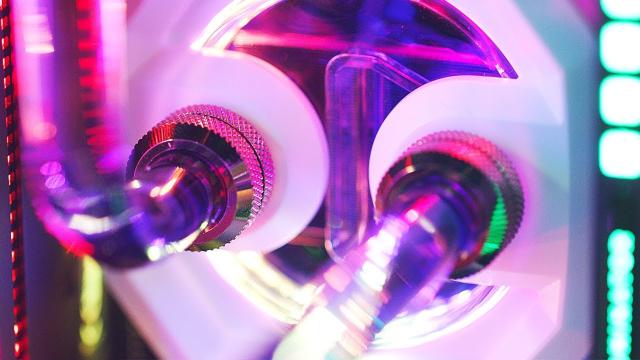
The Most Powerful Supercomputer
Added 259 Views / 0 LikesCheck out ORIGIN PC's Powered by AMD Ryzen Threadripper: https://bit.ly/2YwZ3ox Join ORIGIN's Folding@Home initiative: https://bit.ly/2NnIDs4My personal channel: http://youtube.com/jakerawrMy twitch: http://twitch.tv/jakeroperfoone pregnancy test hack: ht
-
10:53
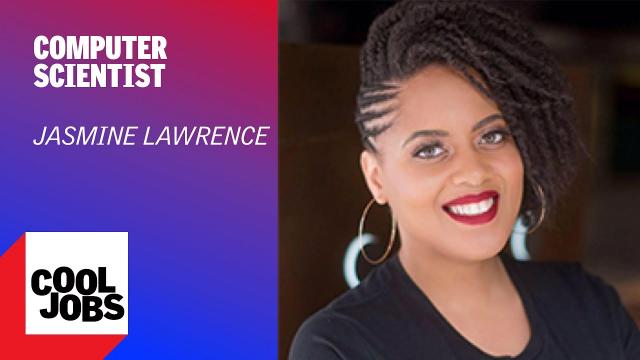
Cool Jobs: Technology Problem Solver
Added 258 Views / 0 LikesComputer scientist Jasmine Lawrence's Cool Job is solving problems: She connects families thousands of miles apart through new Facebook technology, runs a blood donation network, and started her own personal care product line as a teen. Episode filmed liv
-
03:03
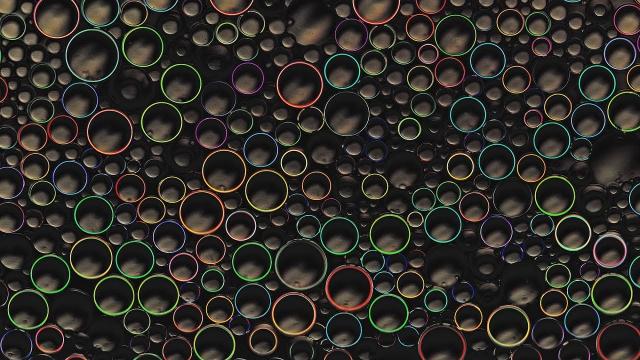
Color drops
Added 257 Views / 0 LikesEngineers at MIT and Penn State University have found that under the right conditions, ordinary clear water droplets on a transparent surface can produce brilliant colors, without the addition of inks or dyes. (Learn more: http://news.mit.edu/2019/water-d
-
02:35

Lining the GI tract
Added 257 Views / 0 LikesBy making use of enzymes found in the digestive tract, MIT engineers have devised a way to apply a temporary synthetic coating to the lining of the small intestine. This coating could be adapted to deliver drugs, aid in digestion, or prevent nutrients suc
-
1:06:56
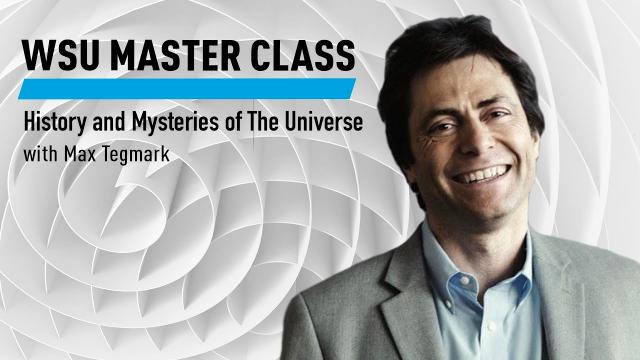
WSU Master Class: History and Mysteries of The Universe with Max Tegmark
Added 257 Views / 0 LikesMax Tegmark, cosmologist and Professor of Physics at MIT, delivers a comprehensive look at the study of our universe, examining both the origin of our cosmos and the infinite questions waiting to be answered. #WorldSciUThis lecture was filmed on May 31, 2
-
39:38
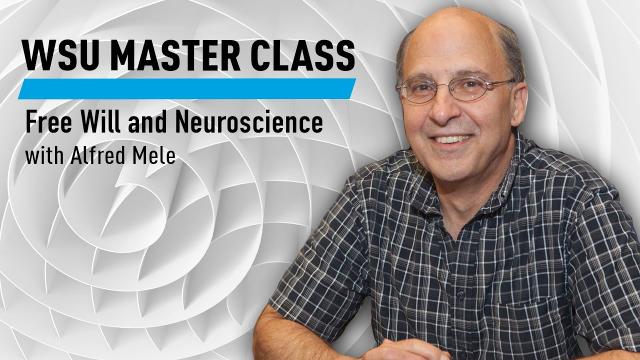
WSU: Free Will and Neuroscience with Alfred Mele
Added 256 Views / 0 LikesHas neuroscience all but disproved the existence of free will? Philosopher Alfred Mele argues that free will is still alive and well as he critically analyzes experimental data. #WorldSciUThis lecture was recorded on May 30, 2015 at the World Science Fest
-
04:08
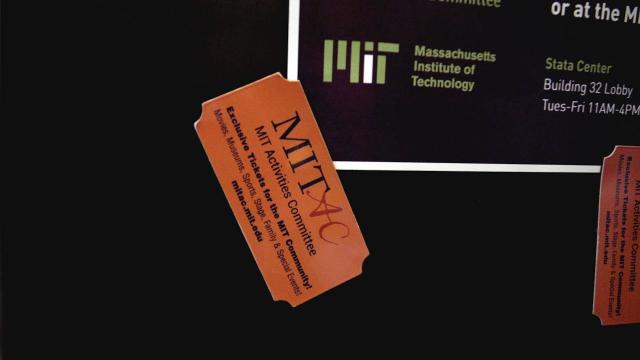
Connecting the community in the virtual space
Added 256 Views / 0 LikesWhen Covid-19 arrived at MIT last March, essentially shutting down all in-person events, MIT's Activities Committee (MITAC) quickly pivoted and began offering a variety of activities and talks in a virtual format. (Learn more about MITAC: http://mitac.mit
-
58:06
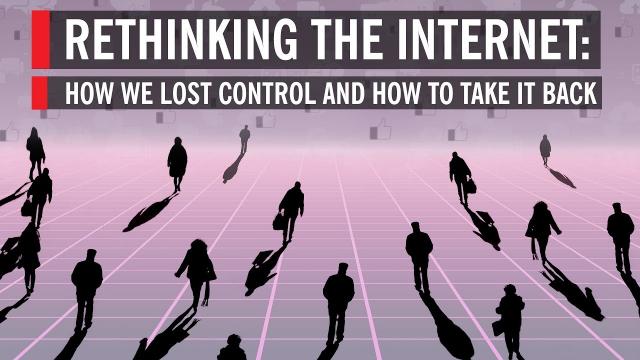
Rethinking the Internet: How We Lost Control and How to Take it Back
Added 255 Views / 0 Likes“Move fast and break things,” went the Silicon Valley rallying cry, and for a long time, we cheered along. Big Tech, in its infancy, spouted noble goals of bringing us closer. But now, in its adolescence, it’s testing our boundaries. How much of our perso
-
05:27
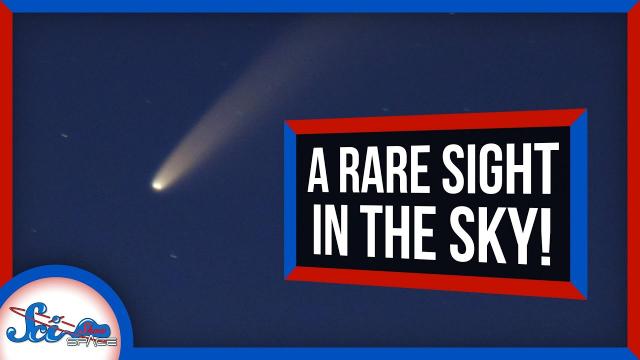
The Mysterious Green Glass on the Moon (Plus: How to See Comet NEOWISE!) | SciShow News
Added 254 Views / 0 LikesEarlier this month, a Chinese moon rover discovered a mysterious glittery substance at the bottom of a lunar crater. How did it get there? Also, Comet NEOWISE takes thousands of years to circle the Sun, and right now we can see it in our night sky!More in
-
03:49

Testing wastewater to help detect Covid-19
Added 254 Views / 0 LikesIn a project that will run through the fall semester, wastewater from seven buildings on campus will be tested each day for SARS-CoV-2, the virus that causes Covid-19. The project is designed to determine if wastewater testing can be an effective early wa
-
25:11
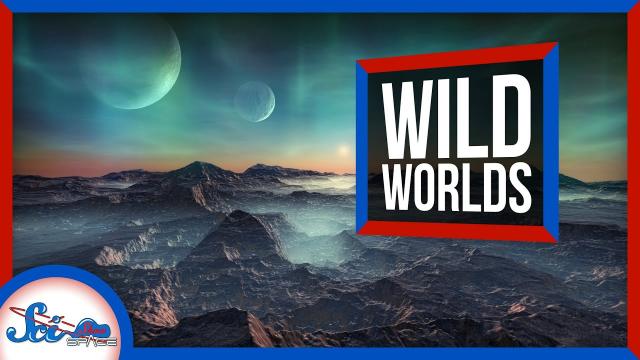
The Strangest Planets in the Universe | Compilation
Added 253 Views / 0 LikesSci-Fi worlds may have giant worms or twin suns, but those are pretty cozy compared to these wild worlds.SciShow has a spinoff podcast! It's called SciShow Tangents. Check it out at http://www.scishowtangents.org----------Support SciShow Space by becoming
-
05:56
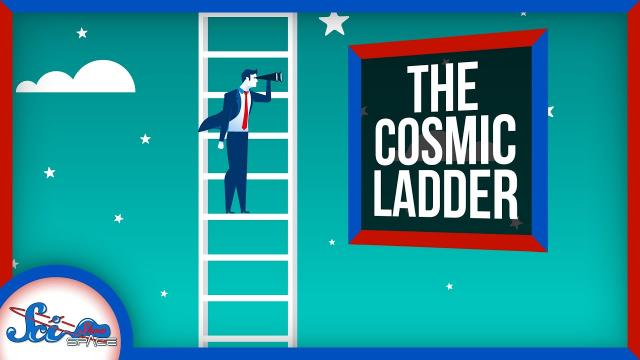
The Cosmic Ladder That Lets Us Map the Universe
Added 251 Views / 0 LikesConsidering how massive our universe is, we know the distances to cosmic objects surprisingly well. What tools and clues do scientists use to measure distances that are so enormous they sound like made-up numbers?Hosted by: Reid ReimersSciShow has a spino
-
05:45
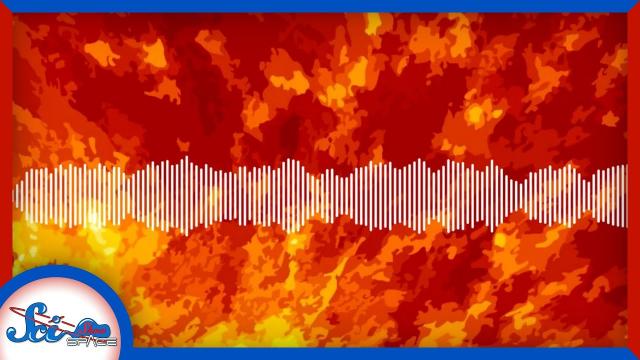
Asteroseismology: How to Explore Stars with Sound
Added 251 Views / 0 LikesAsteroseismology allows scientists to explore stars with sound. It can help them figure out what a star is burning and even help pin down the age of stars!Hosted by: Hank GreenSciShow has a spinoff podcast! It's called SciShow Tangents. Check it out at ht
